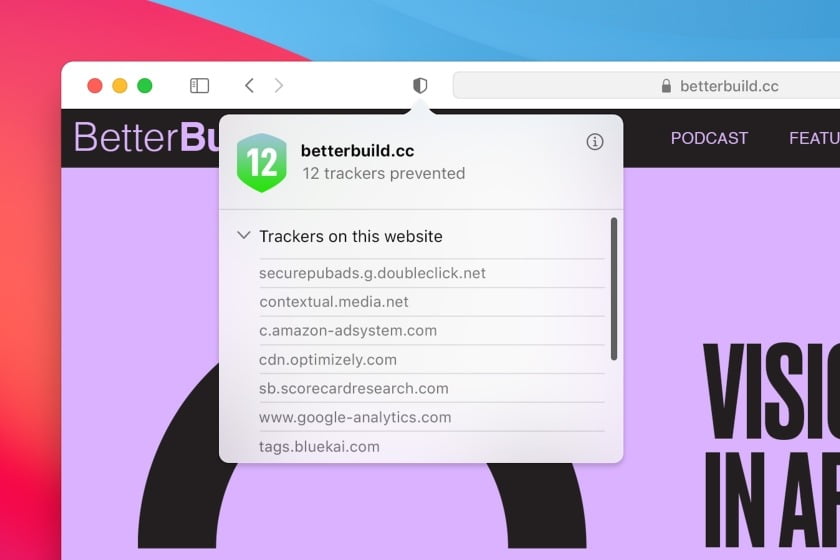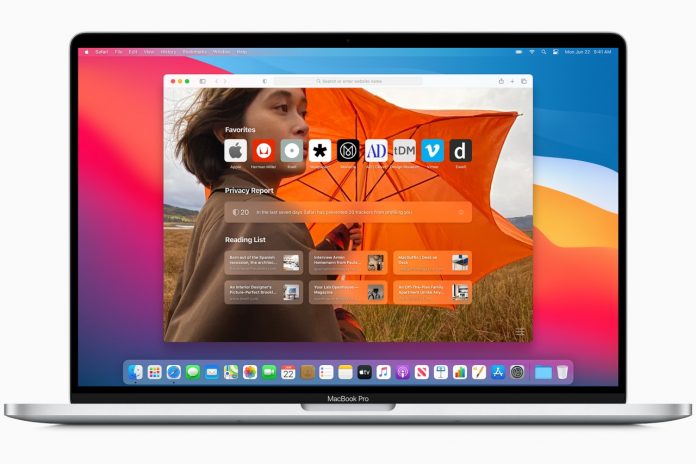Apple introduced a new version of macOS for macOS Big Sur, during the WWDC 2020 Developer Conference. It’s the name chosen for the macOS 11 version which comes as the biggest change to the macOS system since macOS X, with the addition of support for Apple’s dedicated ARM-based chipset (Apple Silicon) to replace Intel processors in about two years.
The new version comes about a year after MacOS Catalina (or MacOS 10.15) introduced at the 2019 WWDC conference when Apple fully upgraded the macOS system interface and made it more similar to the new iOS 14 and iPadOS 14 versions announced during WWDC 2020 as well.
One of the biggest changes to the new system comes in Apple’s Safari browser which delivers a 50% performance improvement over Google’s Chrome web browser when opening web pages adding more convenient tab management and custom home page creation. In the new version, Apple also introduces browser extensions, enhanced privacy options and the ability to translate web pages from 7 different languages.

The new Big Sur system simplifies development for the macOS system, with developers in Xcode 12 able to produce software and apps more simply and easily across all corporate platforms – iOS, iPadOS and macOS, using common code to enable iPhone and iPad applications Work on Macs easily with Apple’s latest Catalyst.
Also Read: WD Green 240 GB SSD Review
The new Big Sur system simplifies development for the macOS system, with developers in Xcode 12 able to produce software and apps more simply and easily across all corporate platforms – iOS, iPadOS and macOS, using common code to enable iPhone and iPad applications Work on Macs easily with Apple’s latest Catalyst.
The new BigOS macOS system is available today for developers in the Apple development program, with a beta release expected for regular users during July, with a full release expected by fall 2020.
These are the Mac models that will support the new operating system:
- MacBook computers from 2015 and above.
- MacBook Air 2013 or later.
- MacBook Pros from 2013 or later.
- Mac Mini 2014 or later.
- iMac 2014 and above.
- iMac Pro computers of all models.
- Mac Pros from 2013 or later.





